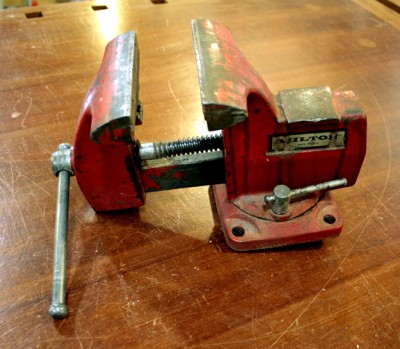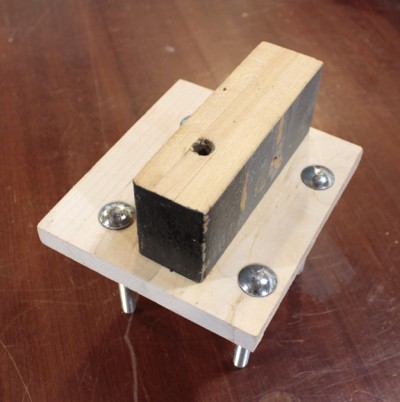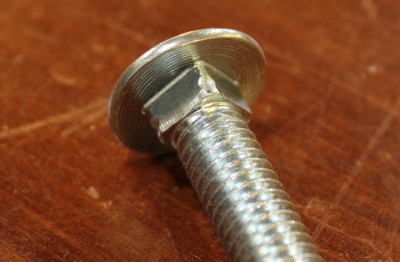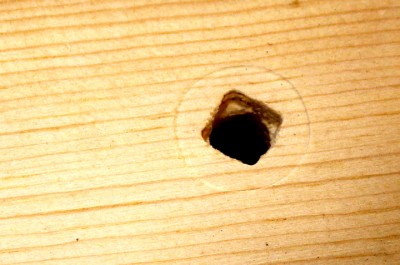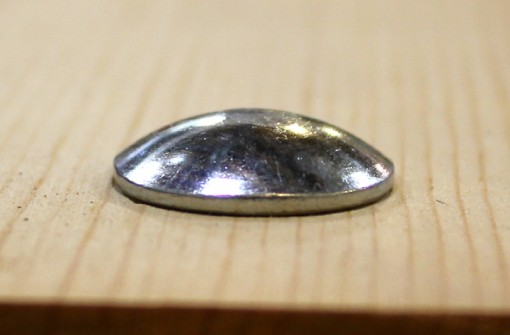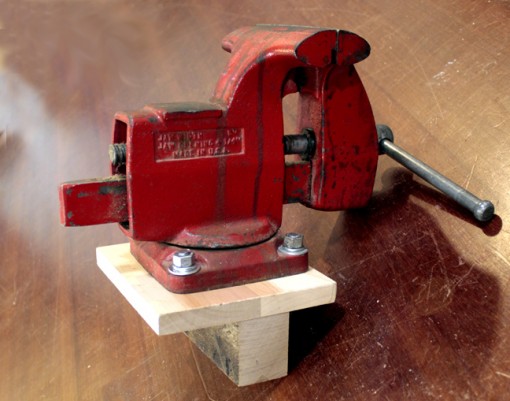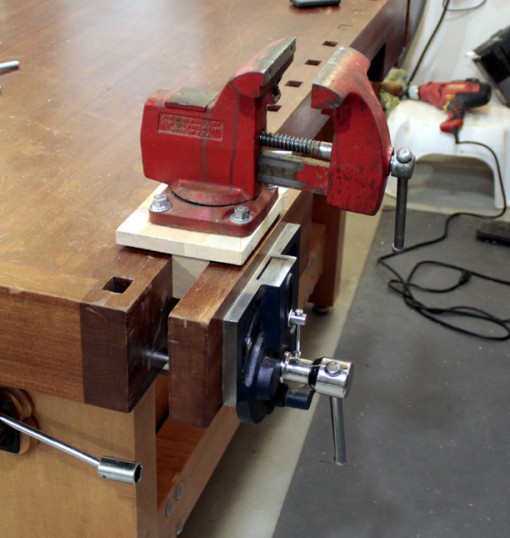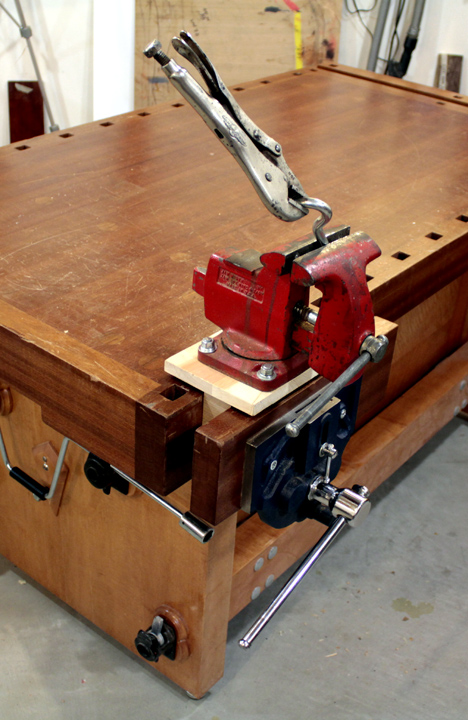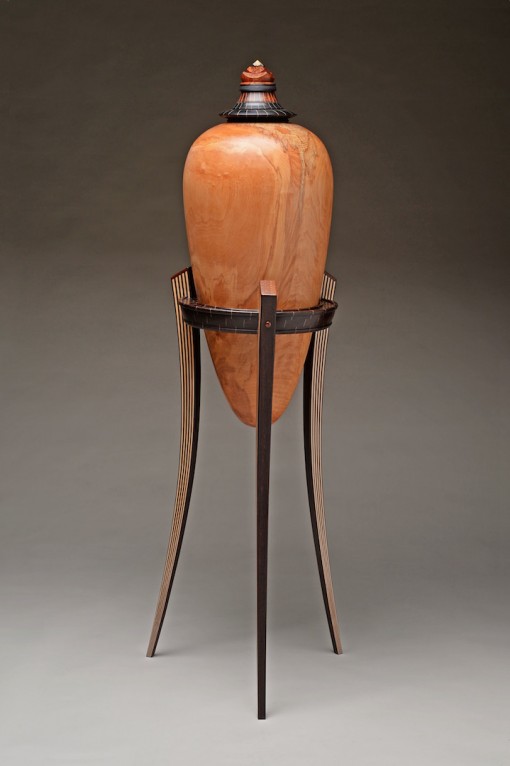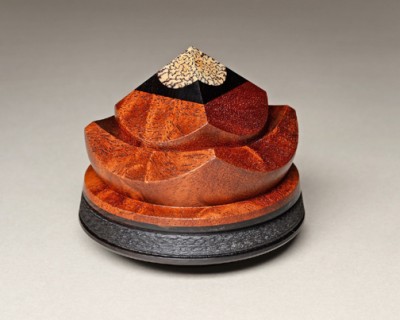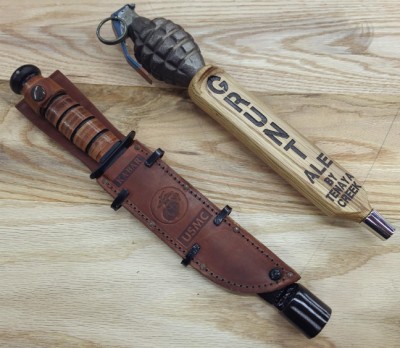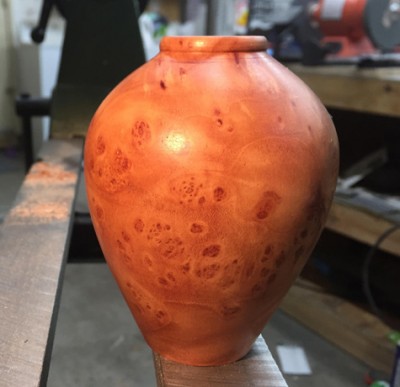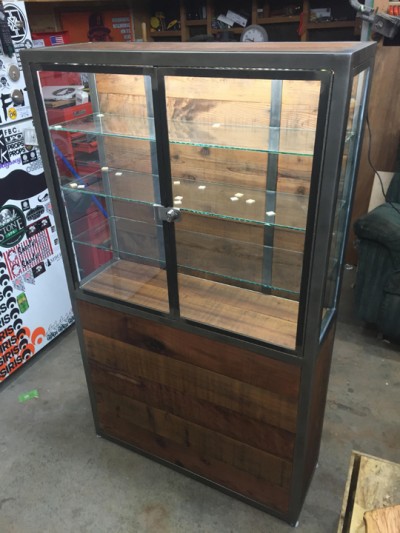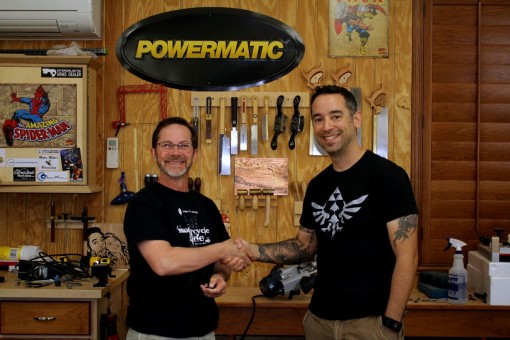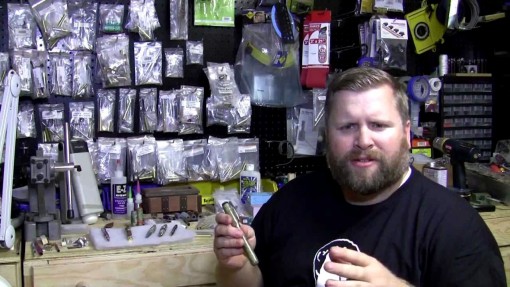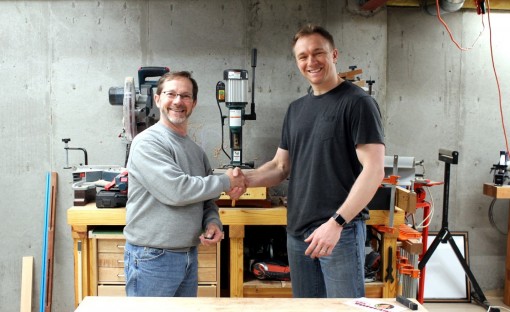Click Here to Watch the Full Veneering Demonstration
Russel Claridy of Simply Wooden Creations invited me to present a live wood veneering demonstration on his weekly YouTube show, “Let’s Talk Shop With Russ” I was honored to have been invited and of course I said yes. Doing a demonstration live is a bit different than doing a video because there is no editing! I covered as much about wood veneering as possible within the time available.
Much of what I showed in this demonstration was already covered in my Basic Wood Veneering Made Easy video. Of course the big difference, besides that there was no editing, is that this demonstration was interactive. So, I received comments and questions as I went along. It is also a lot more fun to present a demonstration in real time with other people as opposed to doing it in front of a camera in my shop. Of course, I am usually not all alone when I am filming my videos because Zippy likes to stay close by.
The main points that I covered in the demonstration were:
- Why veneer?
- How veneer is produced and distributed
- The importance of numbering the veneer sheets when you get them
- My favorite place to buy veneer – Certainly Wood.com
- The many advantages of veneer
- Easy to work with
- Grain direction/wood movement is not an issue as it is with solid wood
- Availability of exotic woods that are either prohibitively expensive or simply not available as solid lumber
- Pros and cons of different veneering substrates
- Pros and cons of several different glues for wood veneering
- Several different tools that you can use to cut veneer
- Different ways to press veneer
- Vacuum bags and how to inexpensively make your own vacuum bags
I also talked a little bit about marquetry and did a brief demonstration of the “window” method for producing marquetry pieces.
Unfortunately, we ran out of time before I was able to show how I tape veneer together.
The good news is that my veneering demonstration was very well received! In fact, Russ asked me if I could do a follow up demonstrations sometime in the next few weeks. Of Course I Will, and I am pretty excited about it because now that I have covered most of the basics I can move on to the really fun stuff!
In fact, I already spent a few hours in the shop deciding exactly what to demonstrate and exactly which veneers I will use.
We haven’t set a date for the follow up demonstration, but I will definitely announce it on my Facebook and Instagram accounts.

